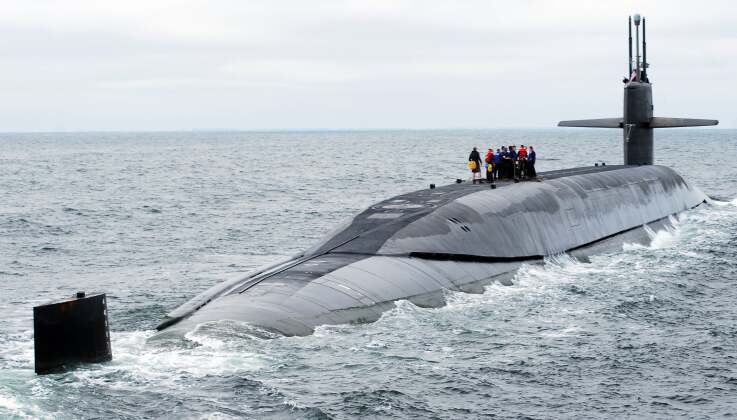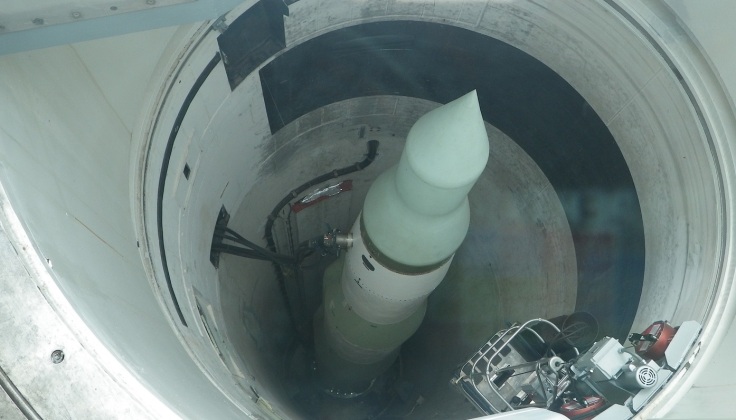News
U.S. Launches Large Scale Cross-Domain Nuclear War Drills: How Capable is its Triad Today?
The U.S. Strategic Command (USSTRATCOM) has launched the Global Thunder 26 large scale nuclear command and control exercise, which are taking place at Offutt Air Force Base in Nebraska. The exercise bring together personnel from across the county’s nuclear forces, including extensive bomber flights, missile operations, and submarine readiness drills. USSTRATCOM reported regarding the exercises: “Global Thunder 26 engages warfighters across the nuclear enterprise, including USSTRATCOM components and subordinate units. Its purpose is to support peace through strength and national security objectives by enhancing combat readiness, assuring worldwide allies and partners, and demonstrating the Command’s warfighting capacity and lethal capabilities.” The exercises are also intended to validate communication networks and decision making processes under simulated conflict conditions.

The initiation of the new exercises closely coincides with the launch of large scale exercises by the Russian Armed Forces testing the capabilities of the country’s own strategic nuclear triad, which included launches of both ground and submarine launched ballistic missiles, as well as cruise missile launches by Tu-95MS strategic bombers. The United States and Russia’s nuclear forces are currently considered in a league of their own both in the diversity of delivery vehicles and in the number of warheads fielded. This is rapidly changing, however, as while China’s arsenal is currently under a fifth the size, the number of warheads in service is growing quickly, as are the capabilities of its triad. The U.S. has been forced to contend with serious issues across all three arms of its triad, including a submarine building capacity a fraction of that which is considered necessary, the growing obsolescence of its ICBM arsenal, and delays to its B-21 next generation bomber program while multi-billion dollar cost overruns with the upgrade program for its current B-52 bombers threaten to force its cancellation.

Two of the primary advantages of American nuclear forces today include its deployment of a larger arsenal of intercontinental range bombers, including 19 stealth bombers, as well as the fielding of a stealth fighter fleet capable of launching tactical nuclear strikes. China’s stealth fighter fleet, however, is fast narrowing the gap in numbers and already has several capability advantages, while the release of the first images showing a Chinese intercontinental range heavyweight unmanned aircraft on October 19 have fuelled speculation that this could be the country’s first intercontinental range stealth bomber. The American arsenal of ICBMs remains a particularly weak point, and is by far the oldest in the world, with its capabilities being increasingly limited compared to those fielded by adversaries such as China’s DF-61 and Russia’s Sarmat missiles. The U.S. remains years behind both countries in integrating hypersonic glide vehicles onto its missiles to bypass adversary air defences.












